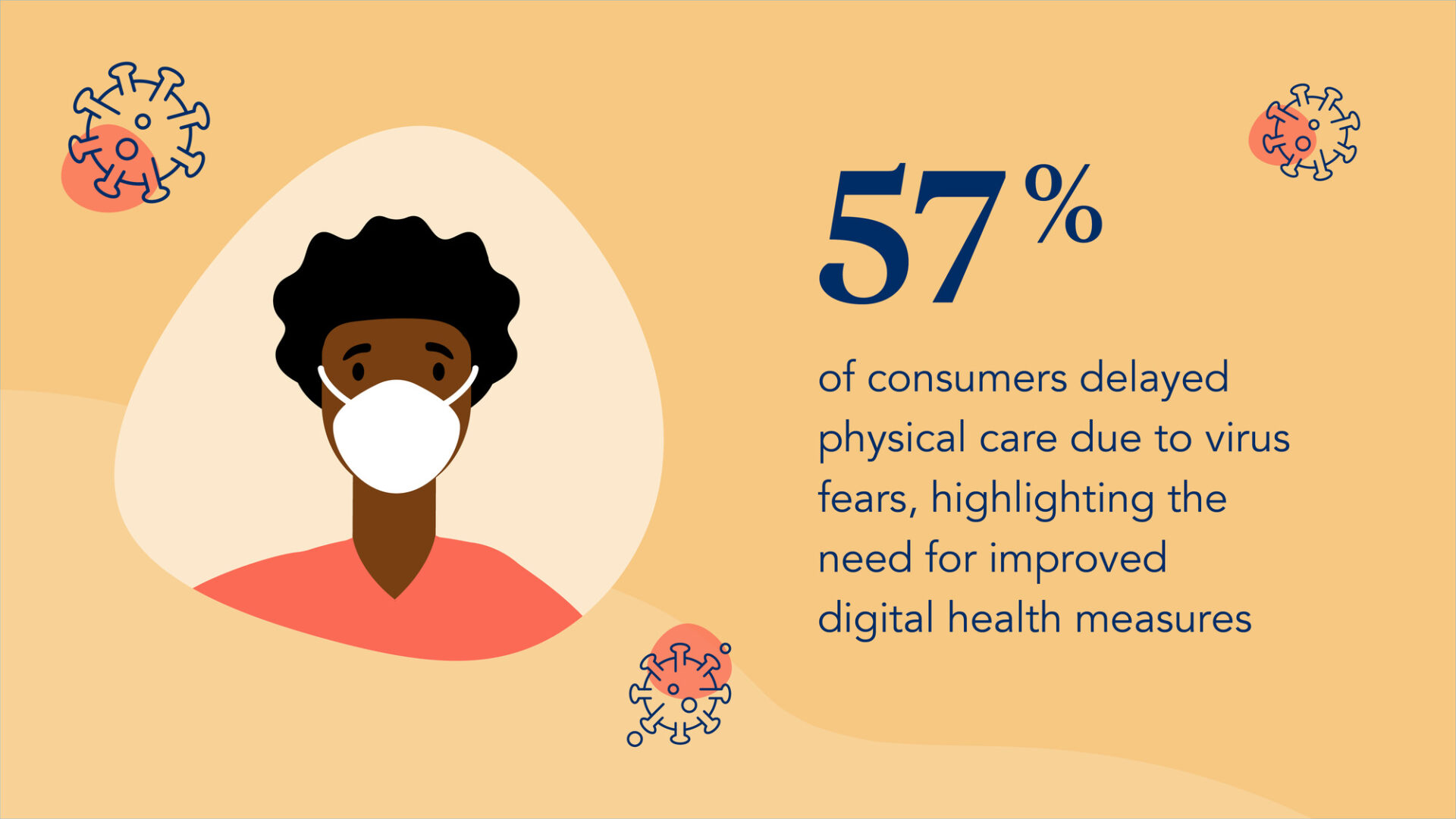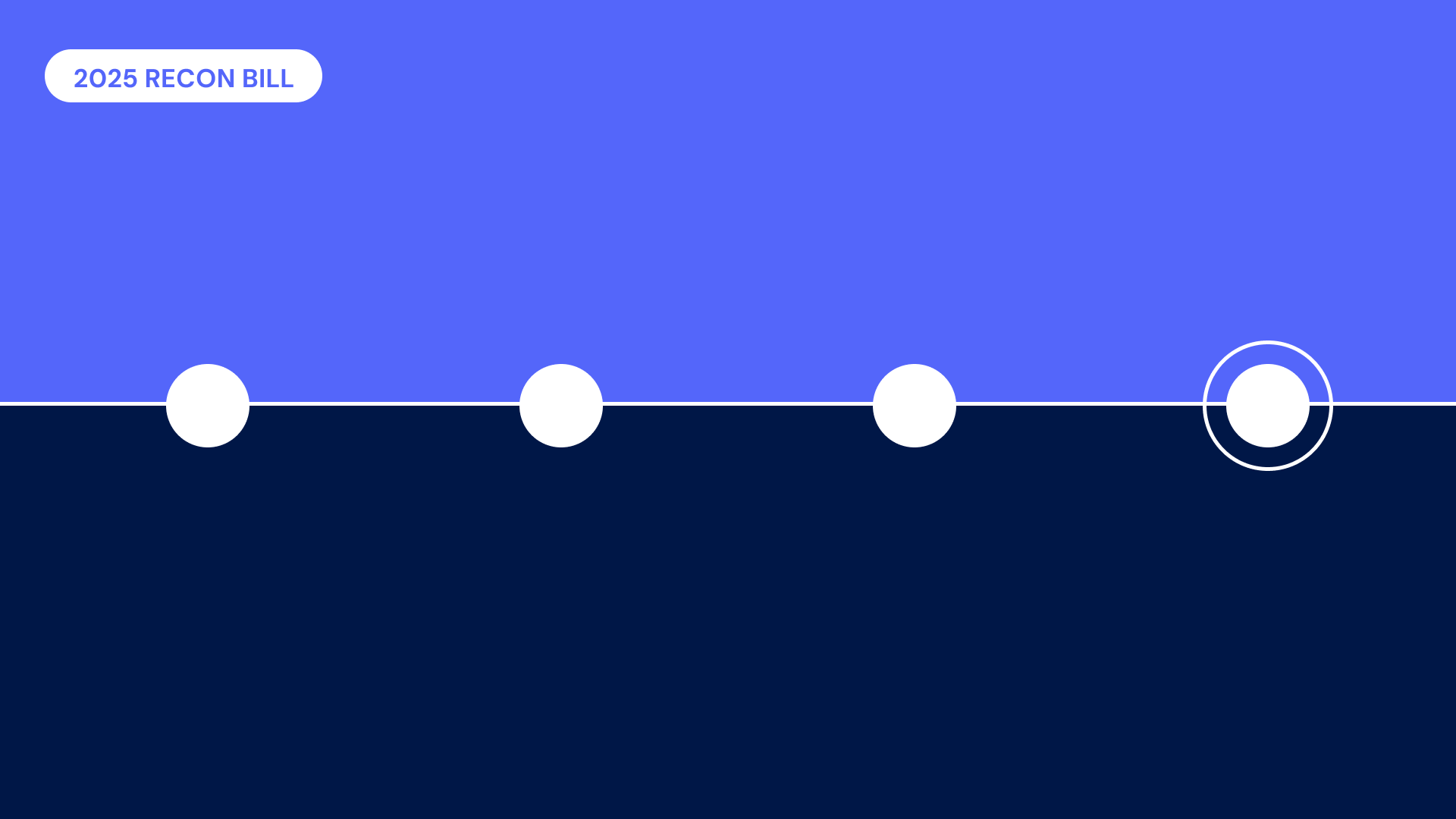This is the second in a three-part blog series highlighting key findings from the Cedar-commissioned 2020 Healthcare Consumer Study conducted by Forrester. Click here to read the full survey that illuminates key trends in the patient financial experience, including the impact of COVID-19. Read part one here.
The COVID-19 pandemic has added significant urgency to the demand for “touchless” technology to keep patients safe and reduce time spent in providers’ waiting rooms. Consumers want a contactless experience—from checking in and registering at a doctor’s office, to signing forms and paying bills — using their personal mobile device.
Providers seeking to differentiate themselves from the pack will need to ensure creativity in this sphere, from enabling self-serve appointment check-in ahead of time to allowing patients to prepay for services.
This is so important that nearly 60% of surveyed patients delayed physical care due to virus fears, highlighting the need for improved digital health measures. And while 44% of consumers would like a vaccine before engaging with care, they also generally want telemedicine options (44%), digital forms/communication (41%), and touchless check-in (37%) in light of the pandemic. At the same time, more than half of those surveyed value touchless paperwork and virtual care so much that they would even consider switching providers if their current provider didn’t offer it.
At the same time, more and more providers are offering at least some of these options, as more than half of respondents said they’d seen a year-over-year care improvement resulting from more virtual capabilities and better administrative experiences.
That being said, there’s still a noteworthy gap between consumer expectations and provider offerings. Providers have made strides in terms of care tools, but consumers want holistic changes to the end-to-end digital experience; a significant portion of those surveyed said it’s increasingly important to enable communication customization options, that healthcare providers haven’t done enough to improve patient billing, and that previsit is the worst part of their experience (68%, 31% and 25%, respectively).
With regard to post-visit, consumers want flexible digital payment options that clarify bills. More than a third of respondents said they wanted increased clarity on what/why they owe (including insurance coverage details) along with payment plan options when unable to pay a full bill amount upfront; more than two thirds of respondents said they would take advantage of creative payment plans/financing options, if available.
Fortunately, healthcare providers have a powerful lever to pull in delighting patients and cultivating loyalty; a third of those surveyed said that improvements to their patient portal would be the best way to improve the overall healthcare experience in the next five years.
In the third and final blog in our series recapping our survey findings, we’ll discuss the social network effect in healthcare and the closing generational gap in digital engagement. If you’d like to receive updates and alerts as new posts are published, click here to join the Cedar mailing list.



